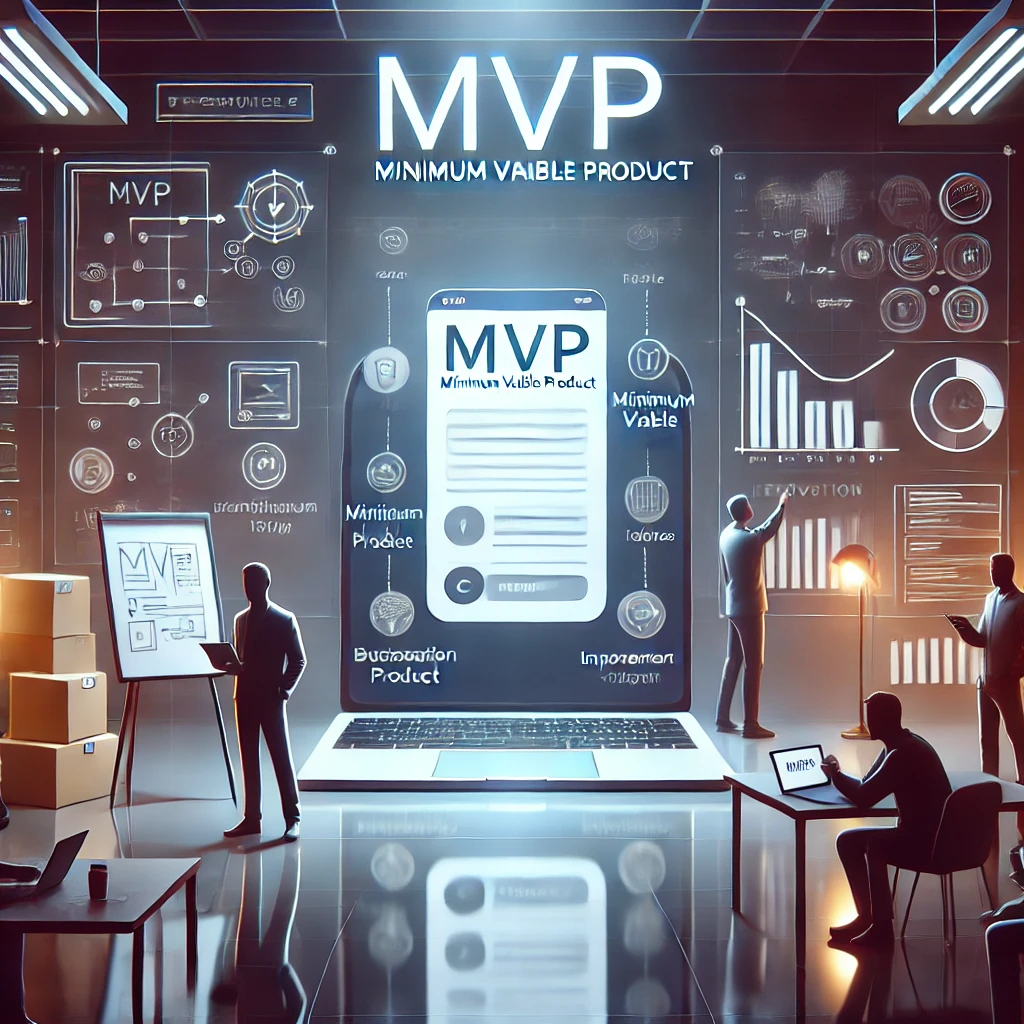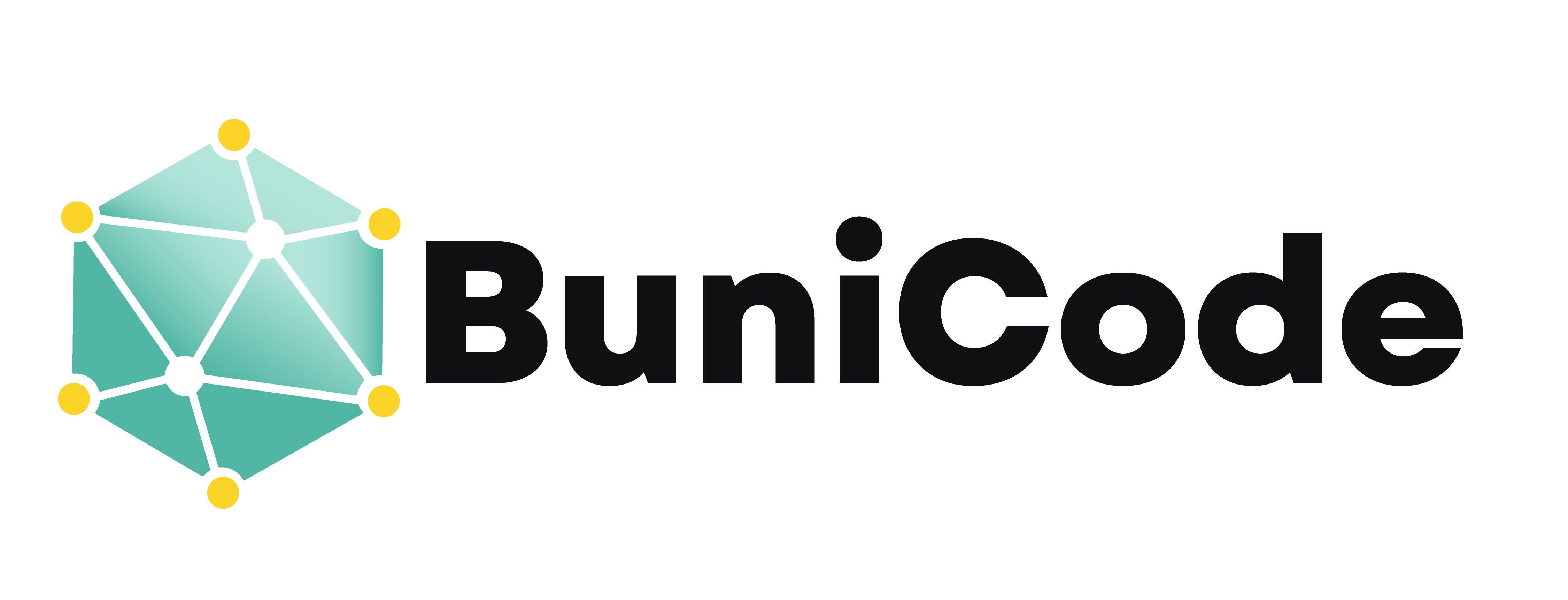
Launching a new product can be overwhelming, especially if you invest time and resources into something without knowing if it will succeed. That’s where an MVP (Minimum Viable Product) comes in! An MVP helps you test your idea, gather real user feedback, and refine your product before a full-scale launch.
In this guide, we’ll walk you through the key steps to develop an MVP successfully, ensuring you build something that resonates with your target audience while saving time and money.
What is an MVP?
An MVP (Minimum Viable Product) is the simplest version of your product that includes only the core features necessary to solve a problem for early users. The goal of an MVP is to validate your idea with minimal effort and collect real feedback before scaling.
Benefits of Developing an MVP
- Reduces Development Costs – Focus on essential features, avoiding unnecessary expenses.
- Faster Time to Market – Launch quickly and start gaining insights from real users.
- Validates Market Demand – Understand if people actually need and want your product.
- Attracts Investors – A working MVP with active users can help secure funding.
- Minimizes Risk – Testing a basic version allows you to pivot before making a full investment.
- User-Centered Development – Helps create a product that aligns with customer needs.
Steps to Develop an MVP
1. Identify the Problem You’re Solving
Before you build anything, ask yourself: What problem does my product solve? Your MVP should address a specific pain point that users experience. Conduct market research and interviews to validate the problem. If you can clearly define the problem, you have a solid foundation to start building your solution.
2. Define Your Target Audience
Knowing who will use your product is crucial. Create user personas that include demographics, behaviors, and pain points to help tailor your solution. The better you understand your audience, the more effectively you can design a product that meets their needs.
3. Analyze the Competition
Check out existing solutions in the market. Identify gaps or weaknesses in competitors’ products and position your MVP to stand out. Competitive research helps you refine your idea and avoid mistakes others have made.
4. Prioritize Core Features
List all possible features and narrow it down to the essentials. Use the MoSCoW method:
- Must-have – Essential features to solve the problem.
- Should-have – Important but not critical for the MVP.
- Could-have – Nice to have but not necessary.
- Won’t-have – Features for future iterations.
5. Build a Prototype
A prototype (wireframe or clickable demo) helps visualize the product before full development. Tools like Figma, Sketch, or Adobe XD can be useful for this stage. Prototyping allows you to refine your idea before spending significant resources on development.
6. Develop the MVP
Now, it’s time to bring your MVP to life! Follow these best practices:
- Use an agile development approach to iterate quickly.
- Choose the right tech stack that supports scalability.
- Keep the user experience (UX) simple and intuitive.
- Focus on security and performance to ensure reliability.
- Consider automation for repetitive tasks to improve efficiency.
7. Test and Gather Feedback
Launch your MVP to a limited audience and track user behavior. Use tools like Google Analytics, Hotjar, or Mixpanelto collect insights. Ask users for direct feedback through surveys or interviews. The goal here is to understand how real users interact with your product and identify pain points or areas for improvement.
8. Analyze Results and Iterate
Look at user feedback and analytics to understand what’s working and what’s not. Make data-driven decisions to improve the product before scaling. Iteration is the key to refining your MVP into a product that truly meets market needs.
9. Plan for Future Updates
Once your MVP gains traction, start adding new features based on user needs. A product roadmap will help prioritize future development stages. By continuously evolving your product, you ensure it remains competitive and aligns with user expectations.
Common Mistakes to Avoid
Overloading Features – Keep it simple and focus only on what’s necessary.
Ignoring User Feedback – Your MVP is useless if you don’t listen to what users say.
Skipping Market Research – Without validation, you might build something no one wants.
Focusing Too Much on Perfection – It’s an MVP, not a final product. Launch, test, and improve!
Not Having a Clear Monetization Strategy – If your MVP is successful, how will it make money?
Developing an MVP is the smartest way to bring your idea to life while minimizing risk. By focusing on essential features, collecting user feedback, and iterating based on data, you can create a product that truly meets market needs. Remember, an MVP is not just about launching quickly—it’s about launching strategically.
🚀 Need help developing an MVP? At BuniCode, we specialize in custom software development, MVP development, and AI-based applications. Let’s turn your idea into reality!



